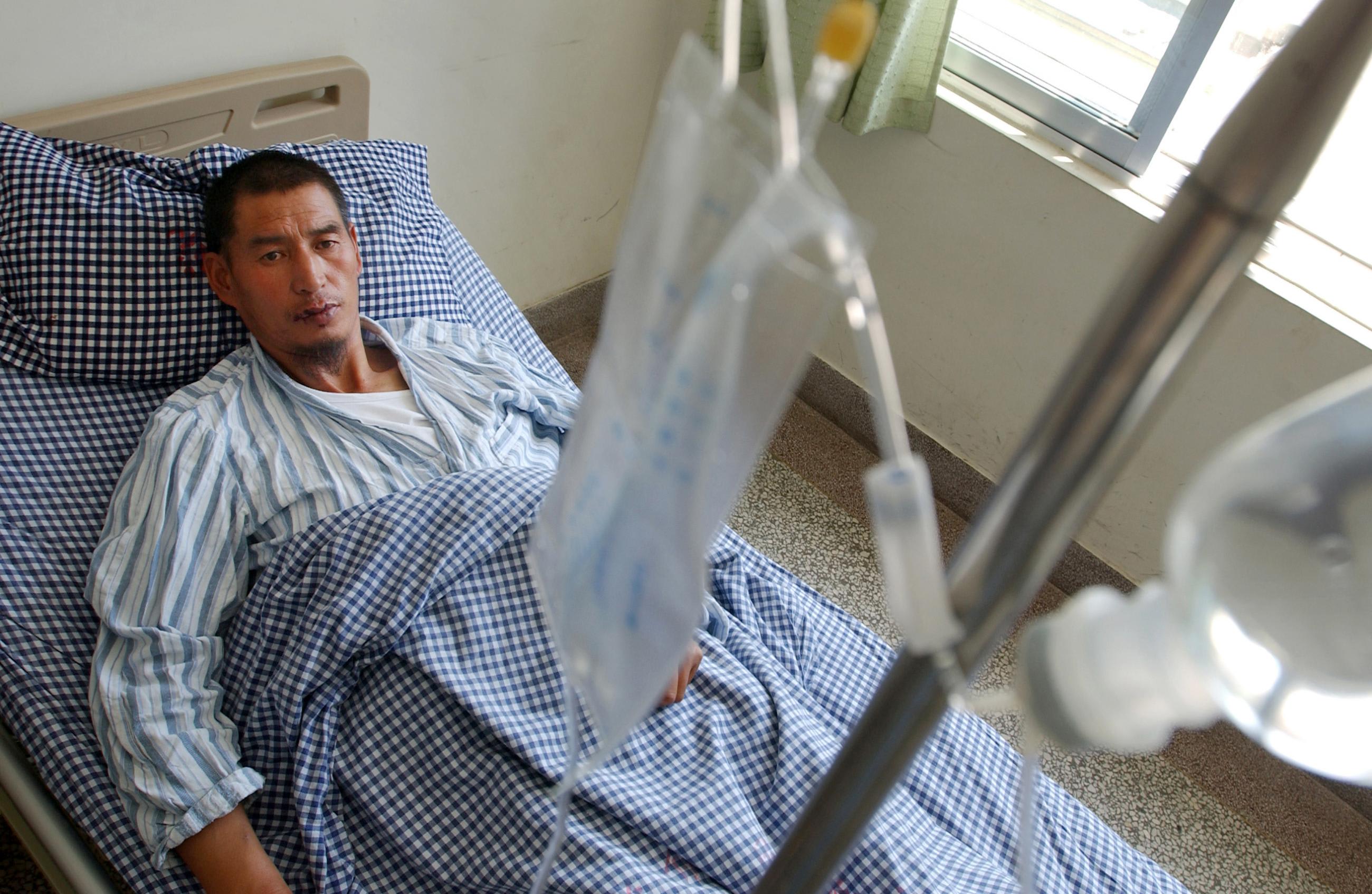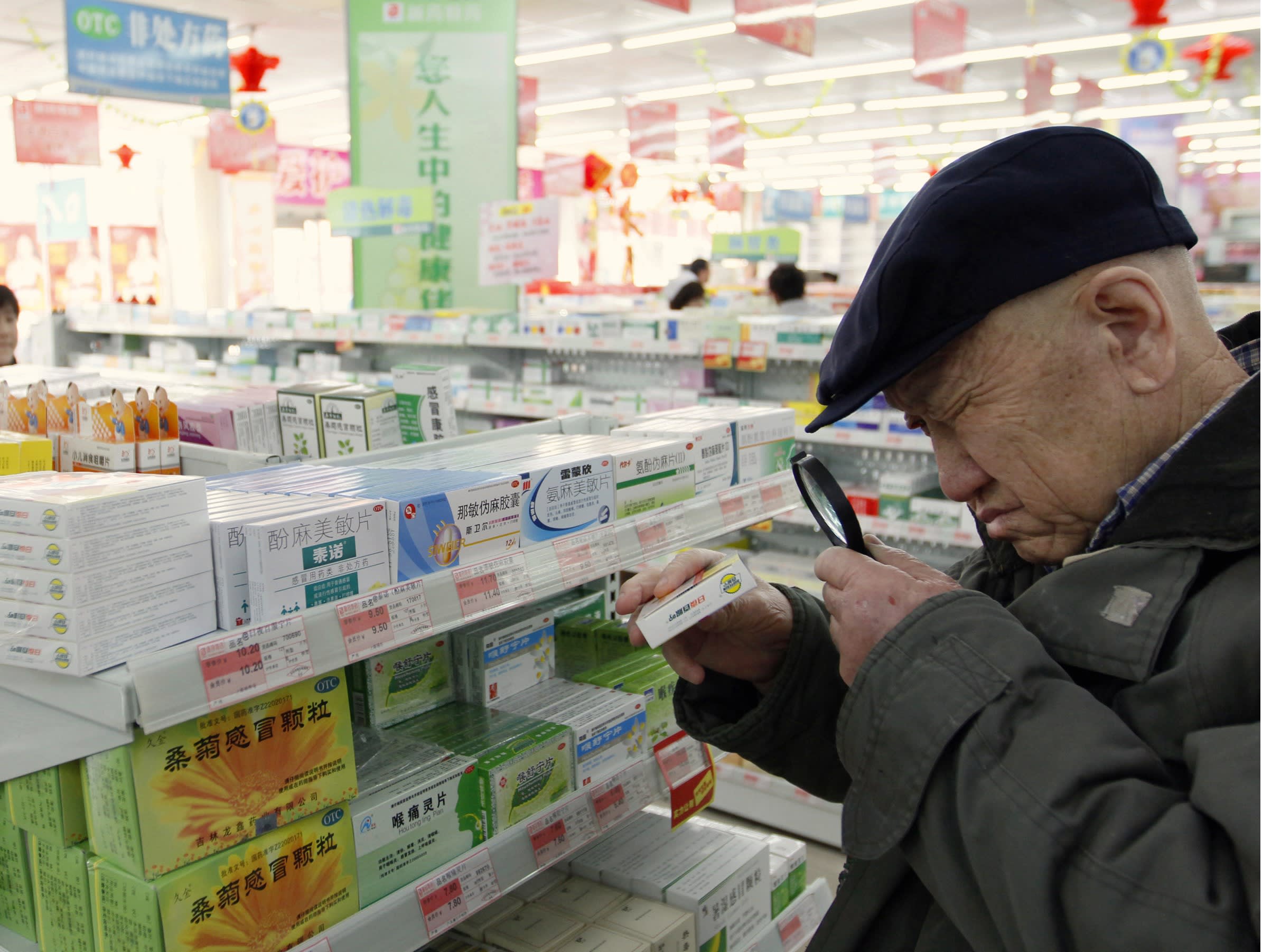China is the world's largest producer and consumer of antibiotics. Its per capita antibiotic use is approximately 10 times higher than in the United States, and it is also the largest antimicrobial consumer in the livestock sector. This overuse of antibiotics is contributing to increasing rates of antimicrobial resistance (AMR), when pathogens no longer respond to antibiotics. In 2019, 600,000 deaths in China and 4.95 million deaths globally were associated with bacterial AMR.
The World Health Organization (WHO) estimates that AMR will kill 10 million people each year by 2050. AMR is a silent pandemic, transcending borders largely undetected, and will require global collective action to curb its spread. As the leading producer of antibiotics, China must step up its involvement in global AMR governance by spearheading international collaboration, bolstering surveillance efforts through multilateral initiatives, and establishing an AMR ambassador.
That is not to say that Beijing has not undertaken any initiatives in response to AMR. China established national surveillance networks for bacterial resistance as early as 2005. It was also among the first countries to release a National Action Plan (NAP) in 2016 to contain and manage AMR and updated this plan in 2022. Many scholars consider the NAP thorough because it includes a surveillance framework and guidance for improved management of antibiotics medicine approval, production, and distribution.
China's role in addressing AMR on the global stage is still lacking, which limits the long-term effectiveness of its domestic policies
Although the NAP states that China will "widely carry out international exchanges and cooperation should be promoted" it does not lay out specific initiatives. In recent years, only a few international events have been held, the most visible being the One Health Conference of Antimicrobial Resistance Containment, which hosted Chinese and foreign experts in Hangzhou in November 2023. More regular and accessible events should be planned in collaboration with partners to uphold that commitment.
In addition, China has provided funding for novel antibiotic research that is already bearing fruit and in 2021 approved a new antibiotic targeting multidrug resistant bacteria.
Despite those advancements, China's role in addressing AMR on the global stage is still lacking, which limits the long-term effectiveness of its domestic policies.
Collaboration Efforts
China, despite having a robust domestic AMR surveillance system, is still not part of, and has no commitment to join the Global Antimicrobial Resistance and Use Surveillance System (GLASS). GLASS, a WHO initiative that currently enrolls 124 member states, is aimed at promoting data sharing between countries on AMR resistance patterns, antimicrobial use, and emergent pathogens.
GLASS is particularly important for global cooperation on AMR, given that data can inform AMR response at local, national, and global levels. The need for better surveillance systems to detect and respond to emerging threats quickly was exemplified during the COVID-19 pandemic. By enrolling in GLASS, China will be able to improve its surveillance of AMR and amplify its leadership on this issue globally.

China's involvement in international research networks on AMR also trails other countries. Singapore, for example, has funded international research initiatives including the National University of Singapore's ADVANcing Clinical Evidence in Infectious Diseases, a network of more than 30 Asian hospitals that collaborate on clinical infectious diseases research to optimize antibiotic prescriptions for seriously ill patients fighting AMR. That sort of international research collaboration encourages pooling of resources and standardizing of best practices for addressing AMR.
Another critique of China's role in global AMR is a lack of a single coordinating body responsible for monitoring and responding to this crisis. Currently, the responsibilities of AMR initiatives are shared across multiple national departments that each implement their own measures, leading to inconsistencies in their approaches. These activities are not only inefficient but could also be responsible for the lack of visibility of China's actions on AMR globally.
China should consider unifying its domestic and international approach under a new AMR department to streamline activities
China should therefore consider unifying its domestic and international approach under a new AMR department to streamline activities. This department could also appoint an AMR ambassador. Sweden was the first country to appoint such an ambassador in 2022, when Malin Grape was selected to boost global awareness of Sweden's priorities in AMR and enhance international dialogue. By appointing an AMR ambassador, China could become a leading force in global AMR governance, providing a catalyst for other countries to follow suit and increase their attention on this issue.
AMR demands global cooperation. China can and should show leadership in addressing AMR by promoting international research collaboration, joining GLASS, and appointing an AMR ambassador. Together, these initiatives will promote China as a country serious about tackling AMR, benefiting not only China and its citizens, but people everywhere as well.













